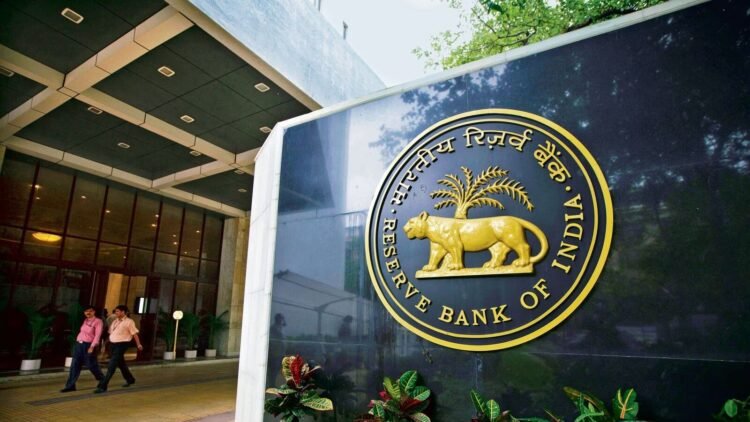RBI releases discussion paper on flexible inflation targeting, seeks public feedback ahead of 2026 review
NEW DELHI (India CSR): The Reserve Bank of India (RBI) on Saturday released a discussion paper on the review of the flexible inflation targeting (FIT) framework, inviting public comments ahead of the statutory review due in March 2026.
The FIT framework was introduced in 2016 after the amendment of the RBI Act, 1934, providing a statutory mandate to the central bank to “maintain price stability, while keeping in mind the objective of growth.” The law set a CPI-based inflation target of 4 per cent with a tolerance band of +/- 2 per cent, to be reviewed every five years in consultation with the central government.
The first review in March 2021 had retained the 4 per cent target with the existing tolerance band for the period up to March 2026. With the second review due next year, the RBI said the discussion paper aims to draw on nine years of India’s experience with FIT, as well as lessons from other advanced and emerging economies.
The paper poses four key questions for feedback — whether headline or core inflation should guide monetary policy; whether the 4 per cent target remains optimal; whether the tolerance band should be revised, narrowed, widened, or done away with; and whether India should retain a point target or move to a range-only system.
“In the years ahead, the conduct of inflation targeting may face even greater challenges due to emerging geo-economic uncertainties, volatility of commodity prices, climate change and innovations in payment systems that can change the nature of policy trade-offs,” the RBI noted.
The central bank said feedback from stakeholders will be collated before final recommendations are made. Comments can be submitted by email until September 18, 2025.
Inflation Target Framework
Following a Monetary Policy Framework Agreement with the Government of India in 2015, India formally adopted the inflation targeting framework in 2016 by amending the RBI Act, 1934. The preamble to the amended Act defined the primary objective of the monetary policy as “to maintain price stability while keeping in mind the objective of growth” The Act mandated the Reserve Bank to maintain a Consumer Price Index (CPI) inflation target of 4.0 per cent with the Government notifying a tolerance band of +/- 2 per cent around it on August 5, 2016 for the period 2016-2021.
These features of the monetary policy framework coupled with the accountability criteria that defined failure as three consecutive quarters of deviation of inflation from the tolerance band, came to be characterised as flexible inflation targeting (FIT) (RBI, 2021). Section 45ZB of the RBI Act provides for the constitution of a six-member Monetary Policy Committee (MPC) to determine the policy rate required to achieve the inflation target. Thus, India adopted the FIT framework and joined the large and growing list of inflation targeters.
(India CSR)
Also Read: RBI Starts Review of Inflation Target Framework I India CSR








